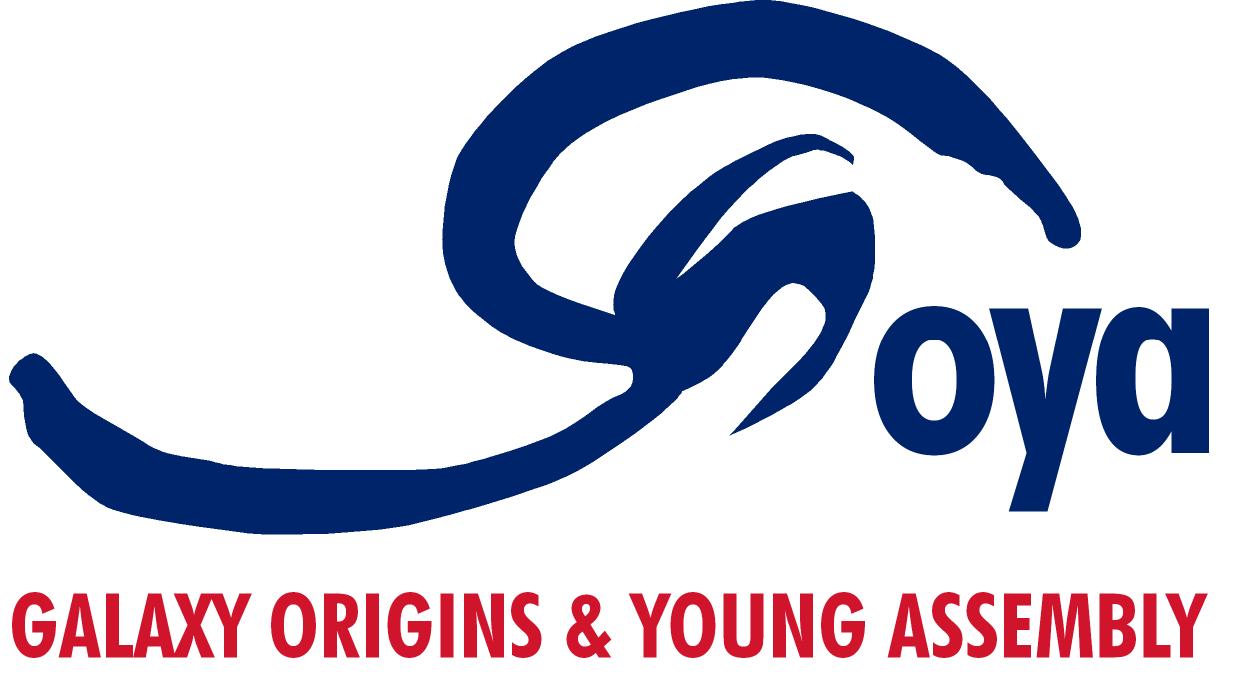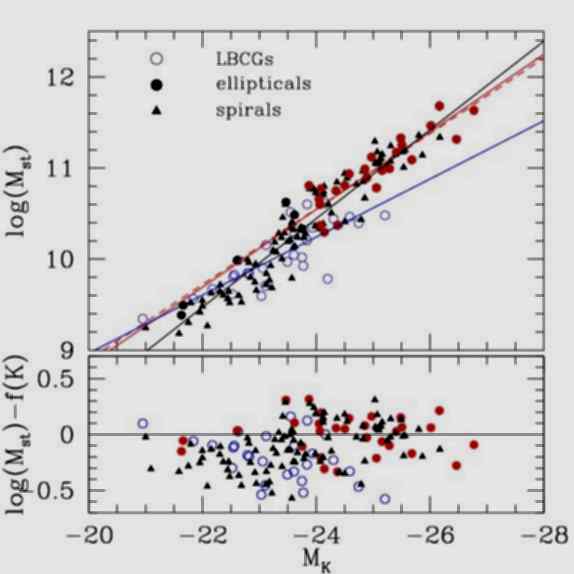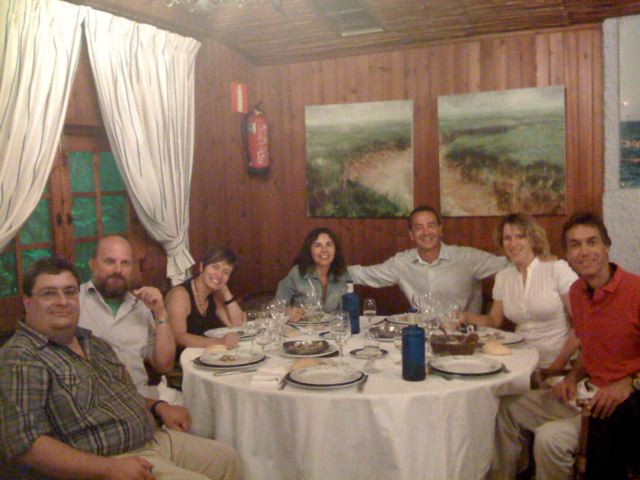The GOYA Project

This epoch, 8 to 11 billion years ago, or as early as 3 billion years after the birth of the Universe, appears to have been a major epoch of galaxy growth, with both intense star formation and frequent merging of pre-existing galaxies. Please visit the GOYA web site.
I am a founding member of GOYA, and was chairman of the GOYA Core Group (2000 - 2006). I lead the IAC group at IAC, and lead the subproject on early-type galaxies in GOYA.
At IAC we carried out the GOYA Photometric Survey, a near-infrared and optical imaging survey of the Groth and GOODS-N fields. We have completed four studies leading to PhD theses:
David Cristóbal-Hornillos (thesis 2003): NIR imaging of the Groth field in J and Ks bands. Ks-band number counts; the slope change of NIR galaxy counts. Number count models. Photometric masses of elliptical, spiral and star-bursting galaxies at intermediate redshifts, using a custom-made code to fit two Bruzual-Charlot (2003) populations to the observed SED of each galaxy. David went on to a postdoctoral position at the Instituto de Astrofísica de Andalucía (Granada).

M. Carmen Eliche-Moral (thesis 2006): U and B imaging of the Groth strip. Number count models in U, B, Ks. Age constraints on the formation of early-type galaxies (around z~1.5). Numerical N-body simulation of the evolution of bulge-disk galaxies subject to minor mergers. Growth of bulges with disk material; evolution of global scaling relations. Carmen went on to a postdoctoral position at the Universidad Complutense de Madrid.
Carlos López-Sanjuan (thesis 2009).
Lilian Domínguez-Palmero (thesis 2009).
Other ongoing projects within the GOYA collaboration
At the meeting of the GOYA core group, September 2008: left to right, Jesus Gallego, Paco Garzón, Roser Pelló, Mercedes Prieto, Rafael Guzmán, Marc Balcells.

Last Modified: 03 March 2010